Home>Technology>Home Entertainment Systems>How Did The Television Debates Affect The 1960 Presidential Election?
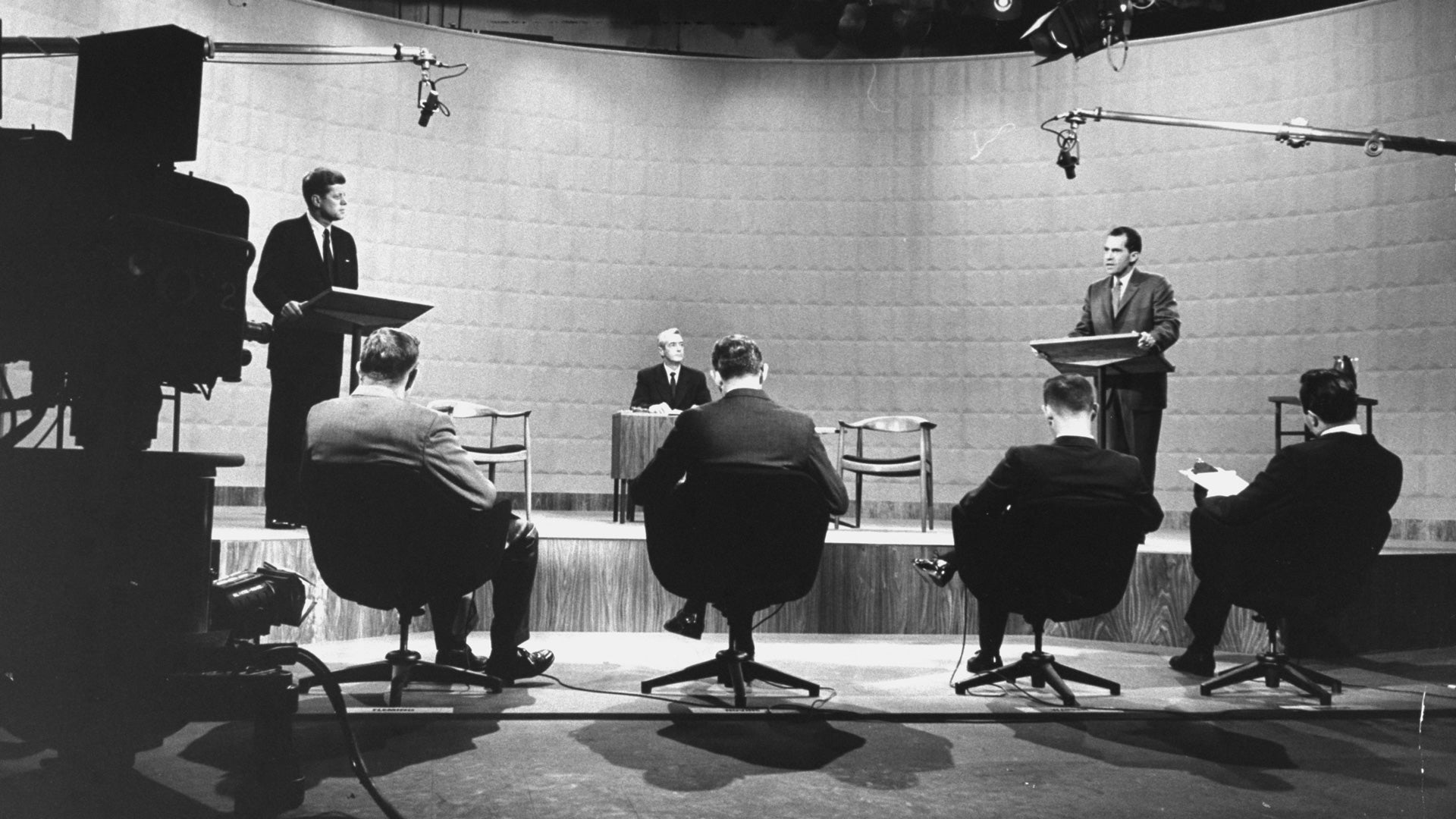

Home Entertainment Systems
How Did The Television Debates Affect The 1960 Presidential Election?
Published: December 20, 2023
Discover how the 1960 presidential election was impacted by television debates. Explore the influence of home entertainment systems on this historic event.
(Many of the links in this article redirect to a specific reviewed product. Your purchase of these products through affiliate links helps to generate commission for Storables.com, at no extra cost. Learn more)
Introduction
The 1960 presidential election in the United States was a watershed moment in the country’s political history. It marked the beginning of a new era in electoral campaigning, with the emergence of television as a powerful medium for reaching and persuading voters. This pivotal election, contested between Senator John F. Kennedy and Vice President Richard Nixon, not only showcased the candidates’ differing ideologies and leadership styles but also highlighted the influential role of television debates in shaping public opinion. The televised debates between Kennedy and Nixon became a defining feature of the election, leaving an indelible mark on the American political landscape.
As the world transitioned into the television age, the 1960 presidential election became a compelling demonstration of how visual media could profoundly impact the electoral process. The electrifying debates between the two candidates captivated the nation and fundamentally altered the dynamics of political communication. This article delves into the significance of the 1960 presidential election, explores the role of television debates in the campaign, analyzes the impact of these debates on voter perception, evaluates the candidates’ performance, and assesses the influence of the televised debates on the election’s outcome. By delving into these aspects, we can gain a deeper understanding of how the television debates reshaped the course of the 1960 presidential election and forever transformed the nature of political discourse in the United States.
Key Takeaways:
- The 1960 presidential election marked a turning point in US politics, with televised debates shaping voter perceptions and influencing the outcome.
- Senator Kennedy’s telegenic appeal and confident presentation, contrasted with Vice President Nixon’s struggles, highlighted the transformative power of television in shaping electoral outcomes.
The Significance of the 1960 Presidential Election
The 1960 presidential election held immense significance, not only for the United States but also for the global political landscape. It was a contest that unfolded against the backdrop of the Cold War, with the nation deeply entrenched in ideological and geopolitical struggles. The election presented a stark choice between the incumbent Vice President Richard Nixon, representing the Republican Party, and Senator John F. Kennedy, the Democratic nominee. Both candidates embodied contrasting visions for the future of the country, and their campaigns were characterized by fervent debates on issues such as civil rights, the economy, and America’s role in the world.
At the heart of the election’s significance was the profound generational shift it symbolized. Senator Kennedy, a youthful and charismatic figure, epitomized a new breed of leadership that resonated with the aspirations of a changing America. In contrast, Vice President Nixon represented the more traditional establishment, and his experience in foreign policy and domestic affairs stood in contrast to Kennedy’s call for a new frontier. The election thus became a battleground for competing visions of leadership and governance, reflecting the nation’s evolving identity and aspirations.
Moreover, the 1960 election was a testament to the growing influence of mass media, particularly television, in shaping public opinion. The emergence of television as a dominant force in political communication altered the dynamics of electoral campaigning. The candidates’ ability to leverage this medium to connect with voters and convey their messages became a critical factor in the election’s outcome. The televised debates, in particular, emerged as a pivotal turning point, fundamentally transforming the way presidential candidates engaged with the electorate and each other.
In essence, the 1960 presidential election was a watershed moment that not only reflected the nation’s ideological crossroads but also signaled a paradigm shift in the conduct of political campaigns. The fusion of generational change, ideological divergence, and the burgeoning influence of television set the stage for a contest that would leave an indelible mark on American politics and communication strategies. The significance of this election lay not only in its immediate outcome but in its enduring impact on the evolution of political discourse and media engagement in the United States.
The Role of Television Debates in the Election Campaign
The 1960 presidential election witnessed a revolutionary development in the form of televised debates, forever altering the landscape of political campaigning. These debates, the first of their kind in American history, provided a platform for the candidates, Senator John F. Kennedy and Vice President Richard Nixon, to directly engage with the electorate in a visually compelling manner. The advent of televised debates marked a pivotal shift in the way presidential candidates communicated their ideas and policies, as well as how voters perceived and evaluated their potential leaders.
Television became the primary medium through which millions of Americans could witness and evaluate the candidates’ demeanor, articulation, and command of the issues. The debates transcended traditional campaign methods, allowing voters to form direct impressions of the candidates’ personalities and capabilities. This visual engagement fundamentally transformed the nature of political discourse, as it brought the candidates’ charisma, poise, and communication skills to the forefront of public scrutiny.
The role of television debates in the election campaign was not limited to mere verbal exchanges; it encompassed the entire spectrum of non-verbal communication. Viewers were able to assess the candidates’ body language, facial expressions, and overall demeanor, factors that often carry as much weight as the substance of their arguments. The televised debates thus became a comprehensive showcase of the candidates’ overall presence and ability to connect with the American people on a personal level.
Furthermore, the debates served as a platform for the candidates to directly challenge each other’s policies and visions for the country. This unmediated exchange allowed for a more immediate and unfiltered comparison of the candidates’ ideas, enabling voters to make informed assessments of their respective positions on critical issues. The debates, therefore, played a pivotal role in elucidating the candidates’ stances on matters of national importance, thereby empowering voters to make more informed decisions at the ballot box.
In essence, the television debates in the 1960 presidential election redefined the parameters of political communication and public engagement. They elevated the significance of visual media in shaping voter perceptions and became a decisive factor in how the electorate evaluated the candidates’ leadership potential. The impact of these debates transcended mere verbal discourse, extending into the realm of non-verbal communication and the candidates’ overall presentation. By doing so, the televised debates left an indelible mark on the election campaign, fundamentally reshaping the nature of political communication and voter engagement in the United States.
Impact of the Television Debates on Voter Perception
The televised debates between Senator John F. Kennedy and Vice President Richard Nixon had a profound impact on voter perception, fundamentally reshaping the dynamics of the 1960 presidential election. These historic debates marked a pivotal moment in American political history, as they provided voters with an unprecedented opportunity to directly assess the candidates’ suitability for the highest office in the land. The impact of the television debates on voter perception extended beyond mere policy discussions, encompassing the candidates’ demeanor, communication skills, and overall presidential attributes.
One of the defining features of the televised debates was the candidates’ visual presentation, which played a significant role in shaping voter attitudes. Senator Kennedy’s poise, confidence, and telegenic appeal resonated strongly with the audience, projecting an image of youthful vigor and leadership. In contrast, Vice President Nixon’s physical appearance and demeanor, including his perspiration under the hot studio lights, garnered widespread attention and raised questions about his readiness for the presidency. These visual cues, magnified by the medium of television, had a profound impact on how voters perceived the candidates’ presidential qualities.
Moreover, the televised debates provided voters with a firsthand glimpse into the candidates’ ability to articulate their ideas and engage in substantive policy discussions. Senator Kennedy’s eloquence and persuasive communication style resonated with many viewers, enhancing his image as a capable and articulate leader. Vice President Nixon’s performance, while substantive in content, was overshadowed by concerns about his physical presentation and delivery, which influenced voter perceptions of his readiness for the presidency. The debates, therefore, became a critical factor in shaping public opinion regarding the candidates’ leadership attributes and suitability for the Oval Office.
Furthermore, the televised debates facilitated a more intimate and personal connection between the candidates and the electorate. By bringing the candidates into the living rooms of millions of Americans, the debates humanized the political process and allowed voters to form more personal impressions of the candidates. This direct engagement fostered a sense of familiarity and accessibility, influencing how voters related to and evaluated the candidates as potential leaders of the nation.
In essence, the impact of the television debates on voter perception was multifaceted, encompassing visual presentation, communication skills, and the candidates’ ability to connect with the electorate on a personal level. The debates fundamentally altered the way voters evaluated the candidates, transcending mere policy discussions to encompass a holistic assessment of their presidential attributes. The televised debates, therefore, played a pivotal role in shaping voter perceptions and became a defining factor in the 1960 presidential election.
The 1960 presidential election was the first to feature televised debates. The debates greatly impacted the election, as they allowed voters to see and compare the candidates’ personalities and communication skills. This helped John F. Kennedy, who appeared calm and confident, while Richard Nixon appeared nervous and sweaty. This visual impression likely swayed many voters in Kennedy’s favor.
Analysis of the Candidates’ Performance in the Television Debates
The televised debates between Senator John F. Kennedy and Vice President Richard Nixon during the 1960 presidential election provided a captivating platform for assessing the candidates’ performance and leadership attributes. These historic debates, marked by their visual and verbal dynamics, offered a unique lens through which to evaluate the candidates’ suitability for the presidency. A comprehensive analysis of the candidates’ performance in the television debates reveals the multifaceted nature of their engagement and its impact on voter perceptions.
Senator Kennedy’s performance in the televised debates was characterized by his confident and composed demeanor, coupled with a compelling oratorical style. His telegenic appeal and ability to convey a sense of optimism and vigor resonated strongly with viewers, projecting an image of youthful dynamism and presidential gravitas. Kennedy’s adept handling of the medium of television, combined with his articulate articulation of policy positions, positioned him as a formidable contender for the presidency. His performance in the debates contributed significantly to shaping the public’s perception of his leadership capabilities and readiness for the highest office in the land.
In contrast, Vice President Nixon’s performance in the televised debates was marked by a substantive command of policy issues and a detailed articulation of his administration’s accomplishments. However, Nixon’s physical appearance and non-verbal communication, particularly his perspiration under the studio lights, drew attention and raised concerns about his presidential image. While his performance was substantive, the visual and non-verbal aspects of his presentation overshadowed the content of his arguments, influencing voter perceptions of his readiness for the presidency.
The candidates’ contrasting performances in the televised debates underscored the pivotal role of visual communication and non-verbal cues in shaping voter perceptions. Senator Kennedy’s adept utilization of the medium and his compelling visual and verbal presentation contributed to his image as a charismatic and capable leader. Vice President Nixon’s substantive policy discussions were overshadowed by concerns about his physical presentation, highlighting the intricate interplay between substance and style in televised political engagements.
In essence, the analysis of the candidates’ performance in the television debates reveals the multifaceted nature of political communication and its impact on voter perceptions. The debates served as a platform for voters to assess the candidates’ leadership attributes, communication skills, and overall presidential demeanor. The contrasting performances of Senator Kennedy and Vice President Nixon in the televised debates became a defining factor in shaping voter attitudes and contributed significantly to the outcome of the 1960 presidential election.
Influence of the Television Debates on the Outcome of the Election
The televised debates between Senator John F. Kennedy and Vice President Richard Nixon exerted a profound influence on the outcome of the 1960 presidential election, fundamentally reshaping the dynamics of the campaign and voter perceptions. These historic debates, marked by their visual and verbal dimensions, emerged as a decisive factor in shaping the electorate’s attitudes and ultimately impacting the election’s results. The influence of the television debates on the election’s outcome extended beyond mere policy discussions, encompassing the candidates’ visual presentation, communication skills, and overall presidential attributes.
The televised debates played a pivotal role in shaping voter perceptions of the candidates’ leadership attributes and suitability for the presidency. Senator Kennedy’s confident and telegenic presence, coupled with his compelling oratorical style, resonated strongly with viewers and bolstered his image as a capable and charismatic leader. In contrast, Vice President Nixon’s substantive policy discussions were overshadowed by concerns about his physical appearance and non-verbal communication, which influenced voter perceptions of his readiness for the highest office in the land. The televised debates, therefore, became a defining factor in shaping the electorate’s attitudes and preferences.
Moreover, the visual and verbal dynamics of the debates provided voters with a direct and unfiltered assessment of the candidates’ presidential attributes. Senator Kennedy’s adept handling of the medium of television and his compelling presentation positioned him as a formidable contender for the presidency, resonating with the aspirations of a changing America. Vice President Nixon’s performance, while substantive in content, was overshadowed by concerns about his physical presentation, raising questions about his readiness for the Oval Office. These contrasting impressions significantly influenced voter attitudes and played a decisive role in the election’s outcome.
The televised debates also facilitated a more intimate and personal connection between the candidates and the electorate, humanizing the political process and allowing voters to form more personal impressions of the candidates. This direct engagement fostered a sense of familiarity and accessibility, influencing how voters related to and evaluated the candidates as potential leaders of the nation. The debates, therefore, became a critical factor in shaping public opinion and contributed significantly to the election’s results.
In essence, the influence of the television debates on the outcome of the 1960 presidential election was profound and far-reaching. The visual and verbal dynamics of the debates, coupled with the candidates’ contrasting performances, fundamentally reshaped voter perceptions and became a decisive factor in determining the election’s results. The televised debates left an indelible mark on American political history, underscoring the transformative power of visual media in shaping electoral outcomes and political discourse.
Conclusion
The 1960 presidential election stands as a pivotal moment in American political history, marked by the transformative influence of televised debates on the electoral process. This watershed election, contested between Senator John F. Kennedy and Vice President Richard Nixon, not only showcased the candidates’ differing ideologies and leadership styles but also highlighted the influential role of television in shaping voter perceptions and ultimately determining the election’s outcome. The televised debates emerged as a defining feature of the campaign, fundamentally altering the nature of political communication and public engagement.
The significance of the 1960 presidential election lay in its reflection of the nation’s ideological crossroads and the generational shift it symbolized. The contest between Senator Kennedy and Vice President Nixon embodied contrasting visions for the future of the country, reflecting the nation’s evolving identity and aspirations. The fusion of generational change, ideological divergence, and the burgeoning influence of television set the stage for a contest that would leave an indelible mark on American politics and communication strategies.
The role of televised debates in the election campaign was transformative, as it provided voters with a direct and unfiltered assessment of the candidates’ presidential attributes. The visual and verbal dynamics of the debates fundamentally reshaped voter perceptions, influencing how the electorate evaluated the candidates as potential leaders of the nation. Senator Kennedy’s confident and telegenic presentation, coupled with his compelling oratorical style, resonated strongly with viewers and bolstered his image as a capable and charismatic leader. In contrast, Vice President Nixon’s substantive policy discussions were overshadowed by concerns about his physical appearance and non-verbal communication, which influenced voter perceptions of his readiness for the presidency.
The influence of the television debates on the outcome of the election was profound, extending beyond mere policy discussions to encompass the candidates’ visual presentation, communication skills, and overall presidential attributes. The televised debates became a decisive factor in shaping voter attitudes and ultimately impacting the election’s results. They left an indelible mark on American political history, underscoring the transformative power of visual media in shaping electoral outcomes and political discourse.
In conclusion, the 1960 presidential election and its televised debates represent a defining moment in the evolution of political communication and public engagement. The fusion of generational change, ideological divergence, and the burgeoning influence of television set the stage for a contest that would leave an indelible mark on American politics and communication strategies. The televised debates became a decisive factor in shaping voter attitudes and ultimately impacting the election’s outcome, underscoring the transformative power of visual media in shaping electoral outcomes and political discourse.
Frequently Asked Questions about How Did The Television Debates Affect The 1960 Presidential Election?
Was this page helpful?
At Storables.com, we guarantee accurate and reliable information. Our content, validated by Expert Board Contributors, is crafted following stringent Editorial Policies. We're committed to providing you with well-researched, expert-backed insights for all your informational needs.


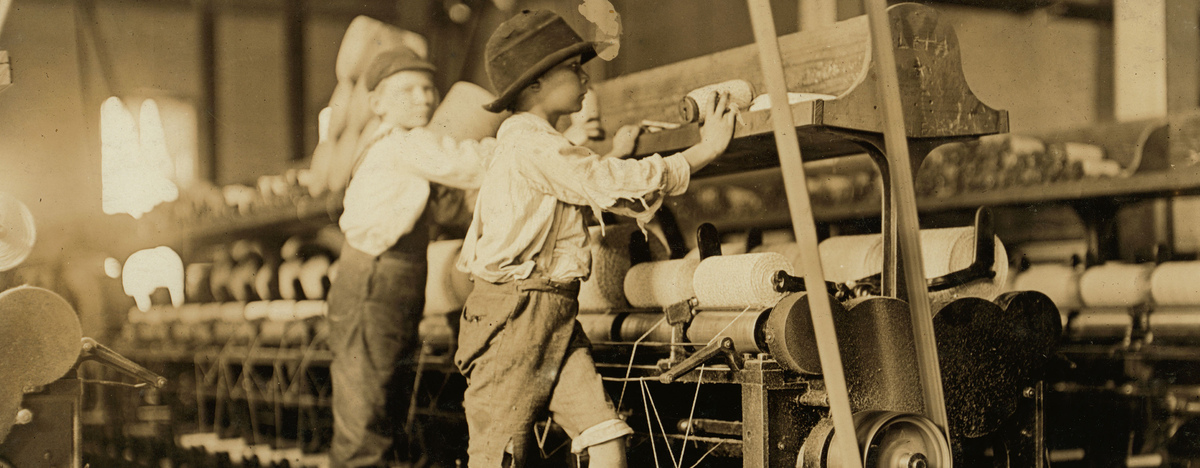
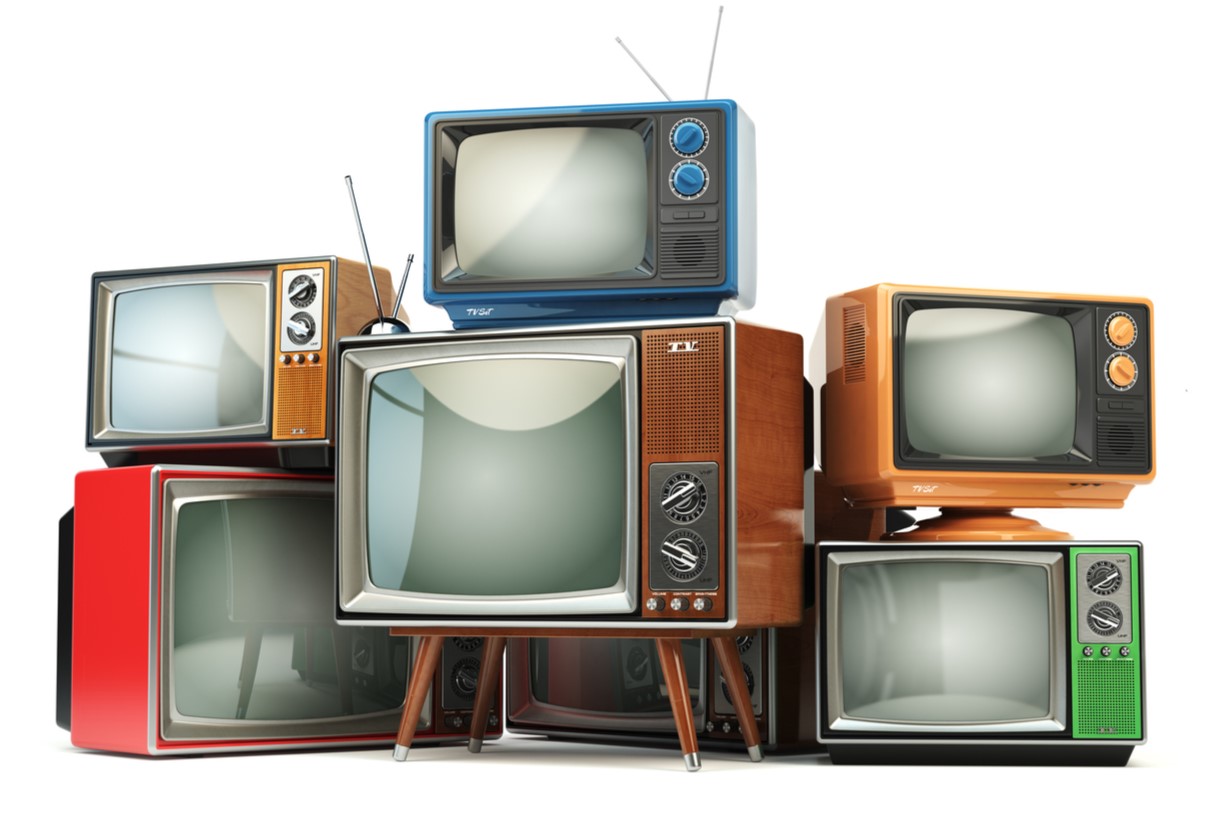



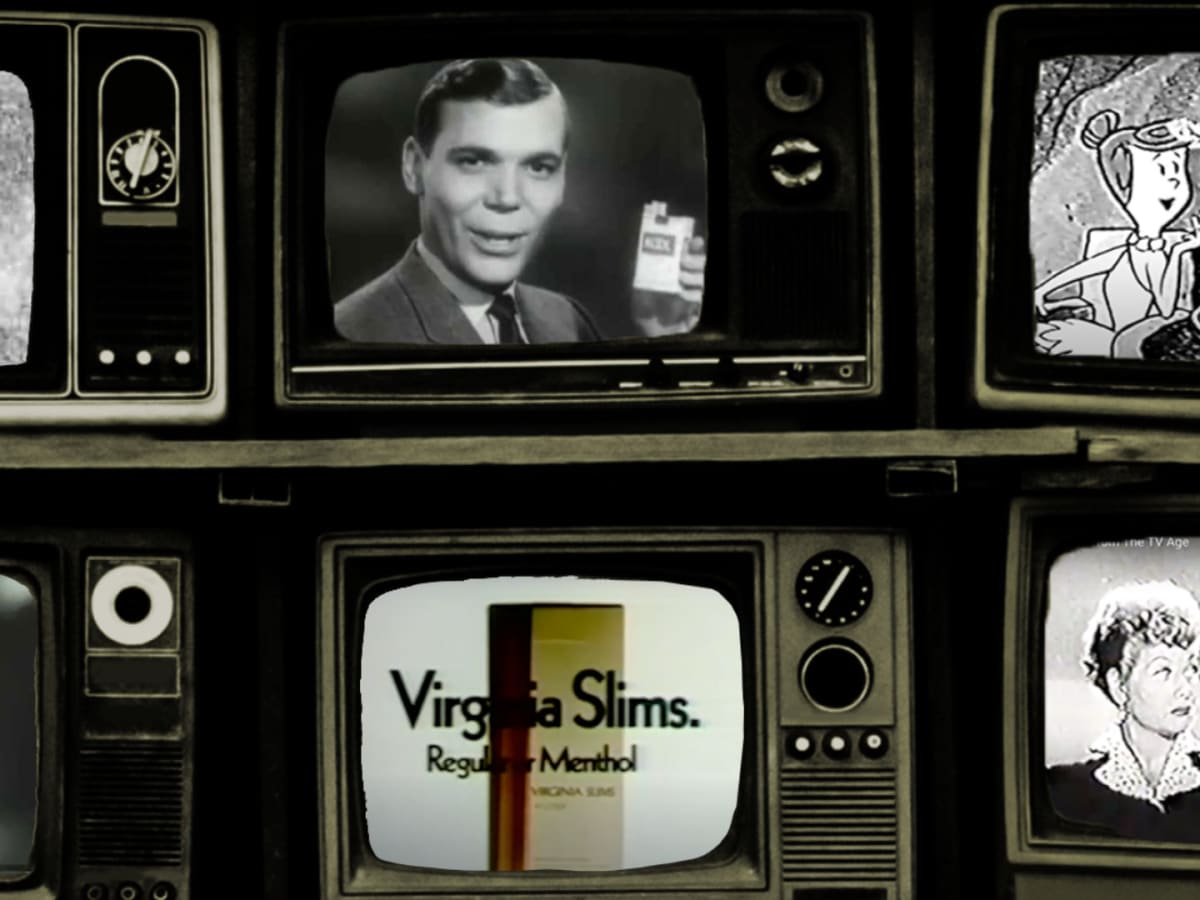
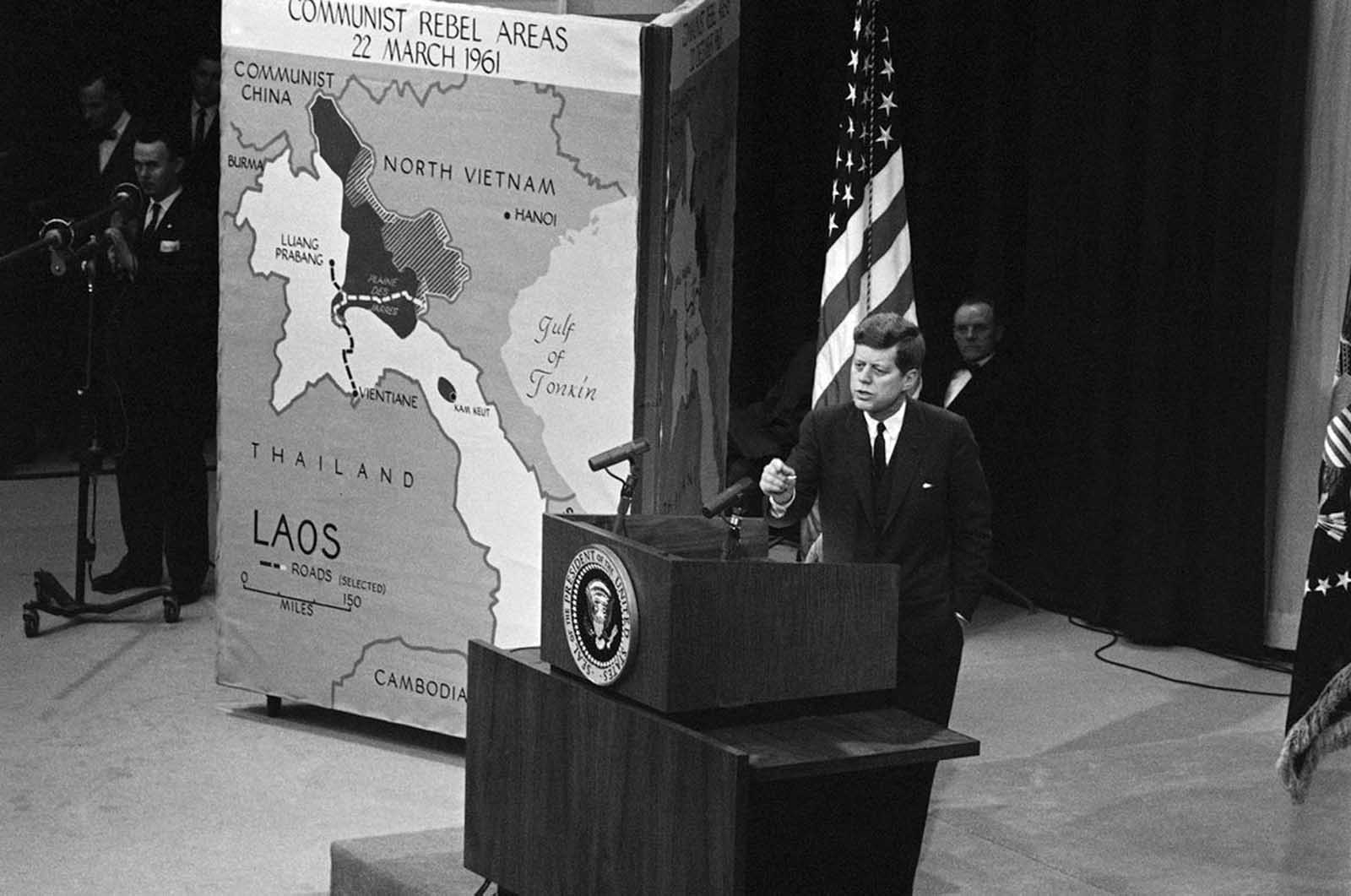
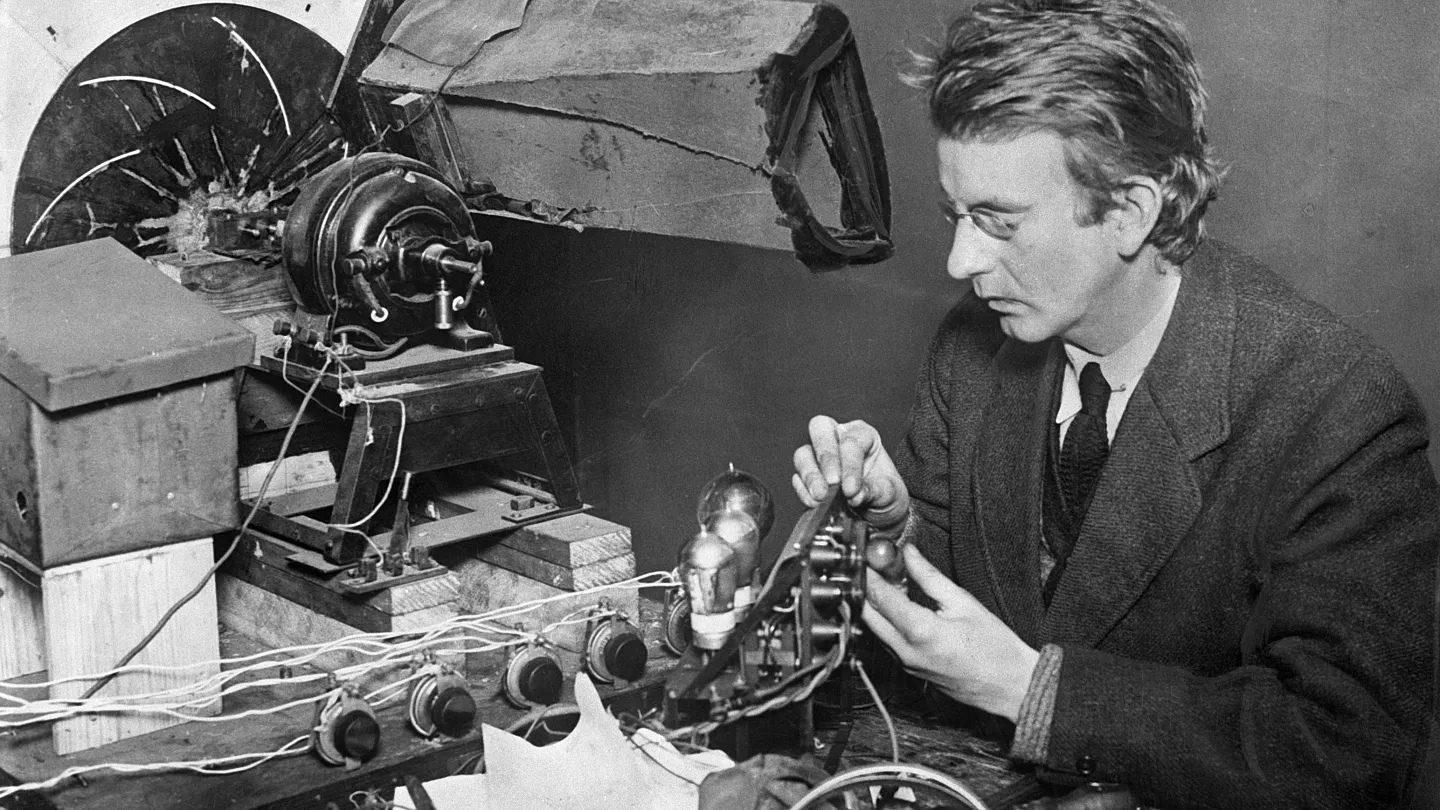
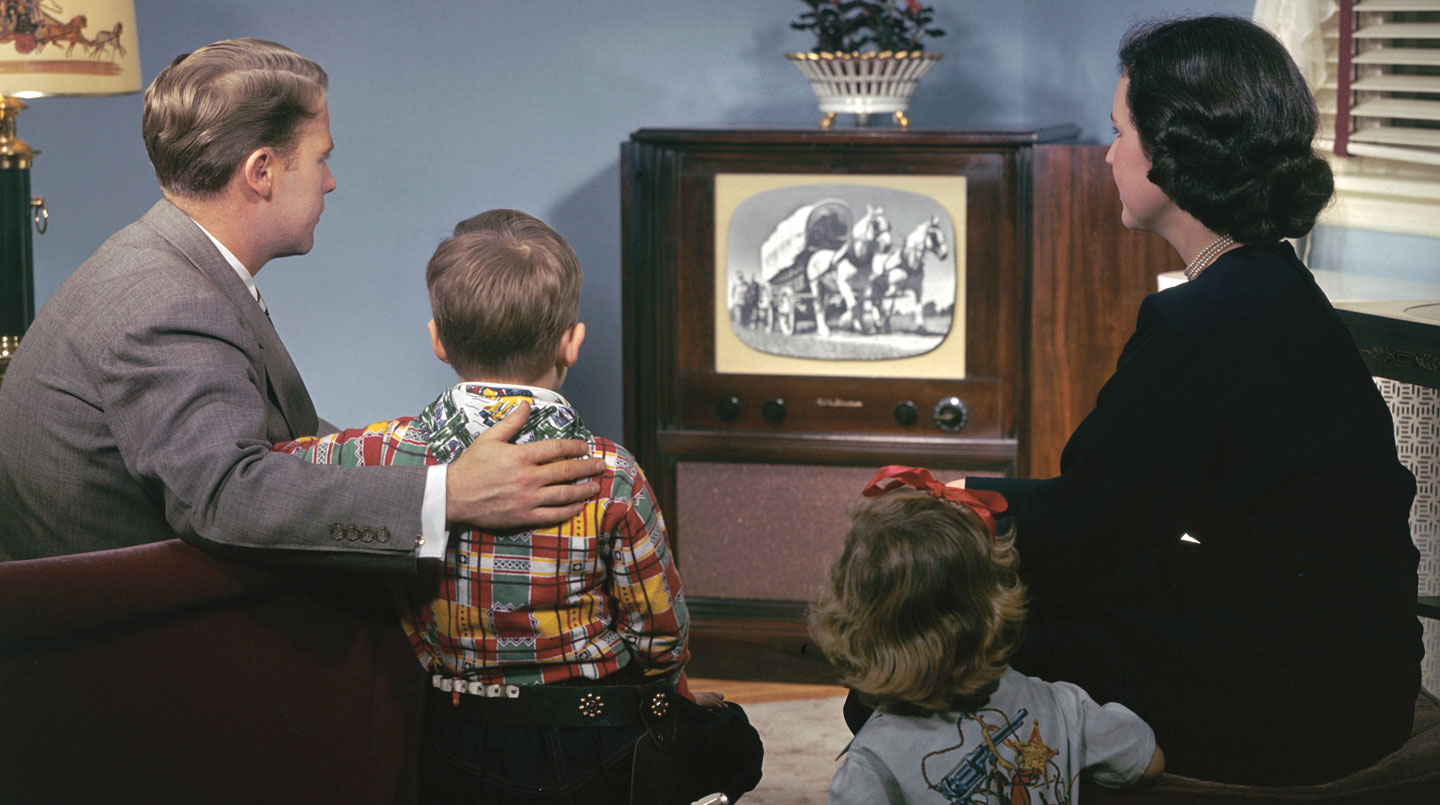
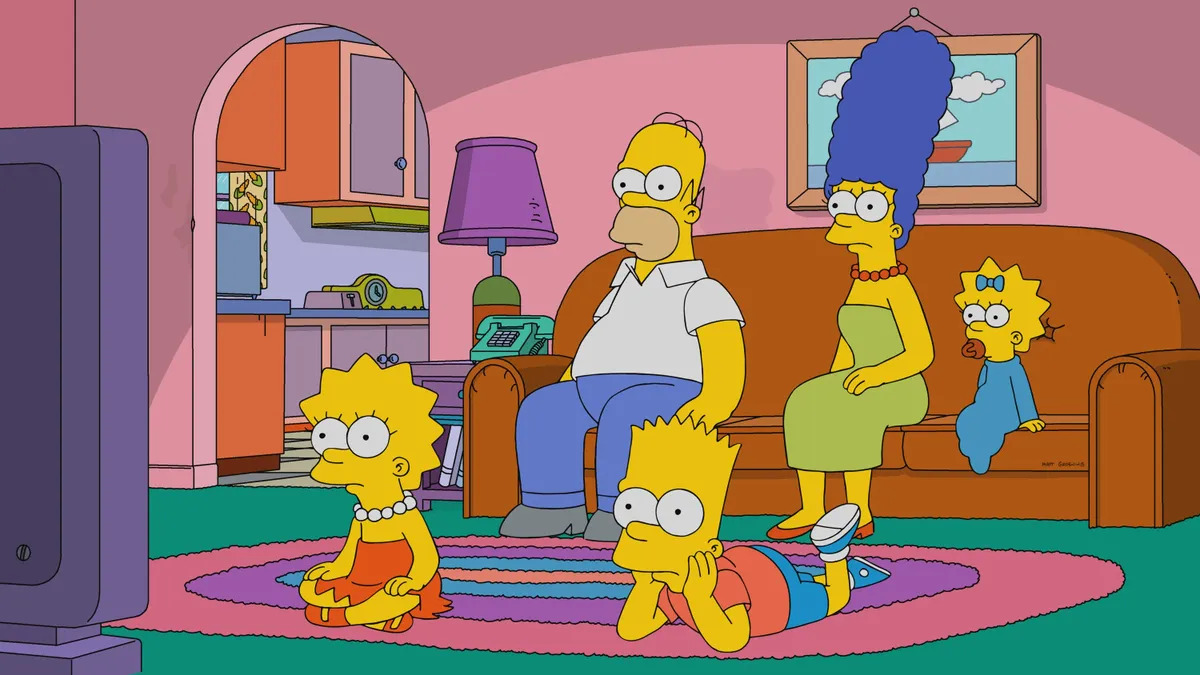
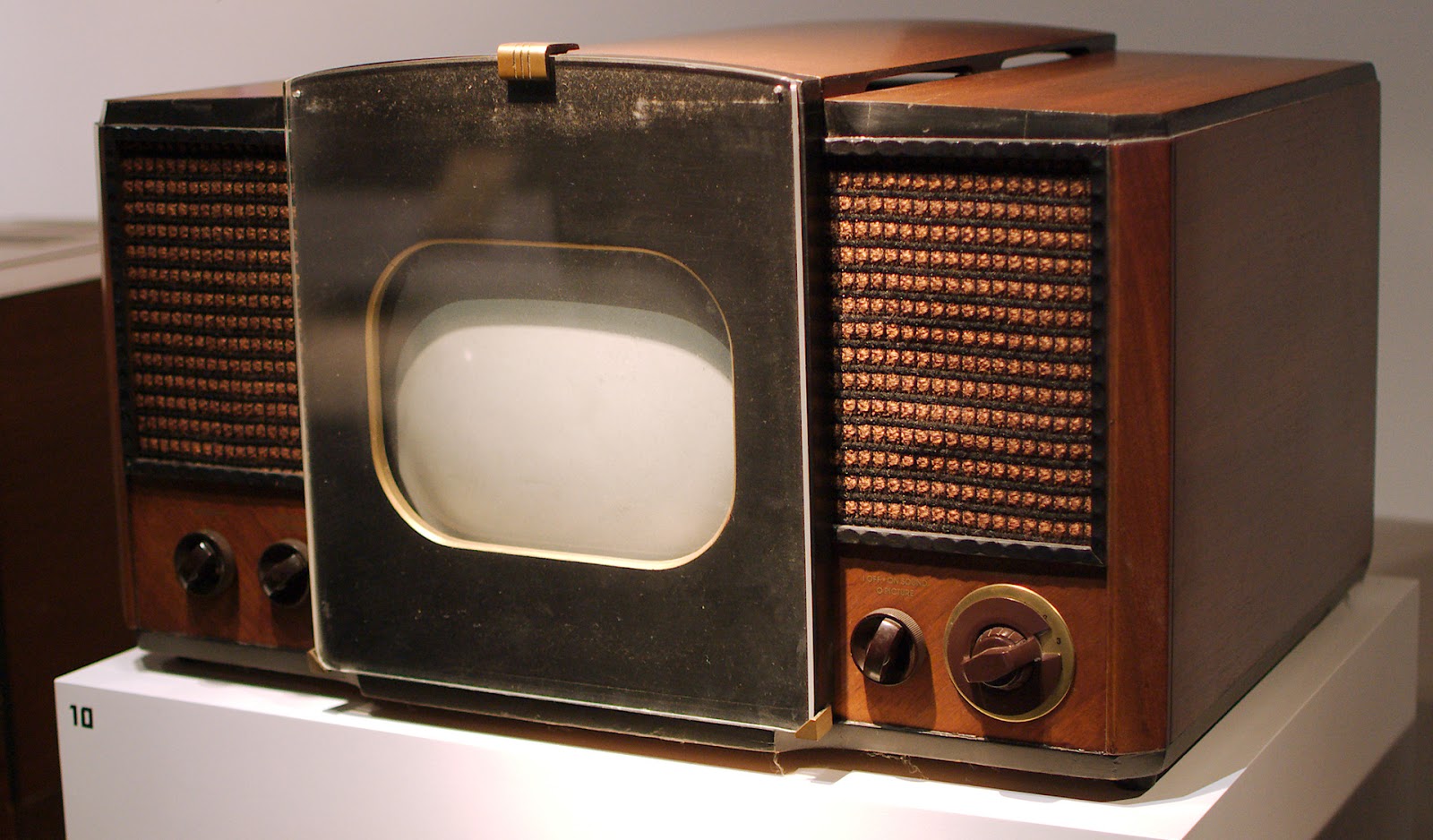
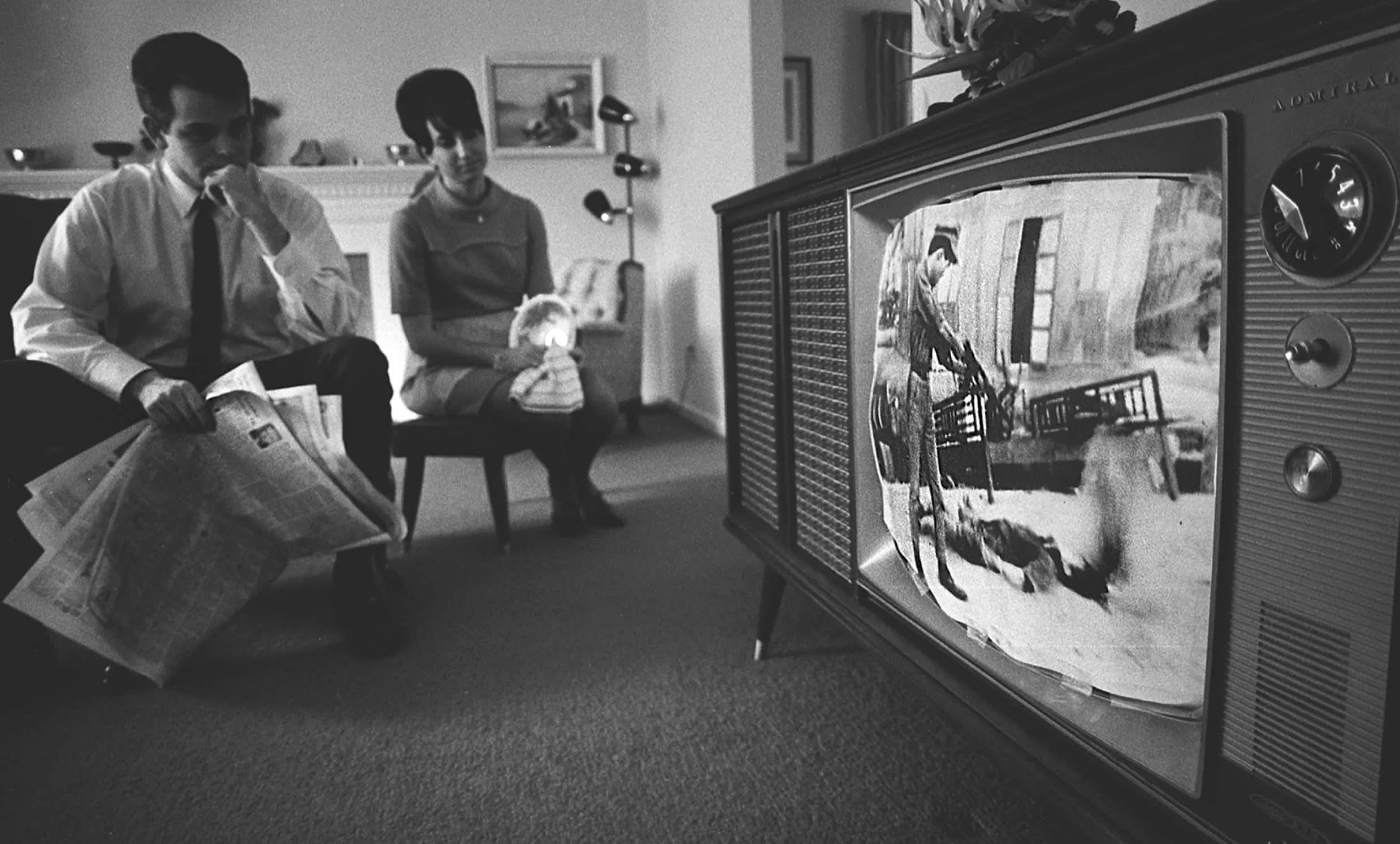

0 thoughts on “How Did The Television Debates Affect The 1960 Presidential Election?”